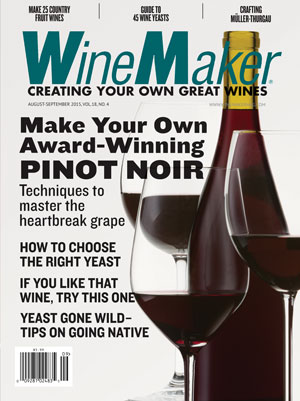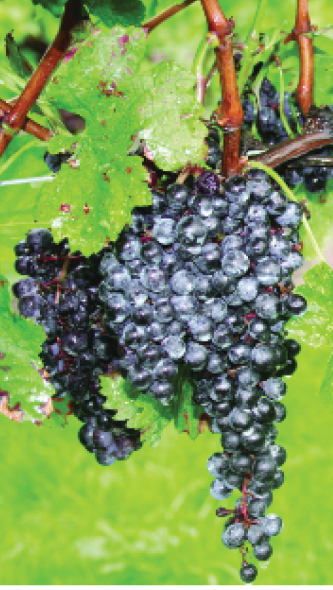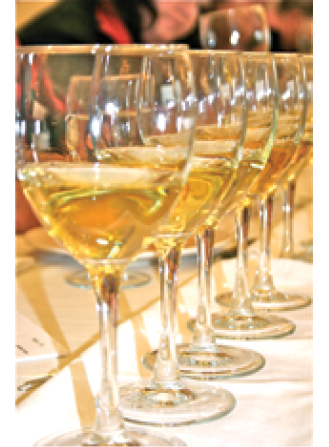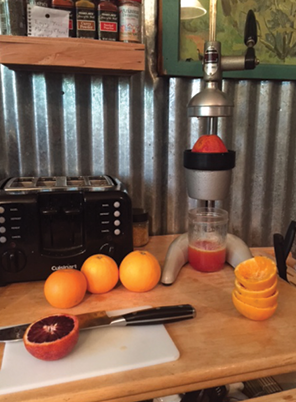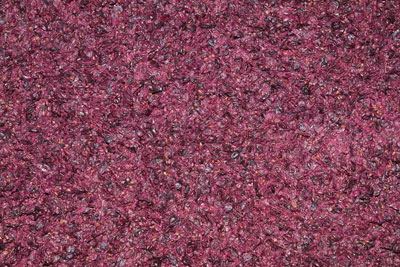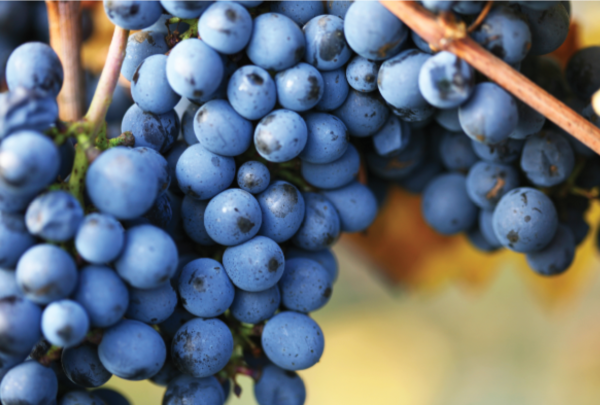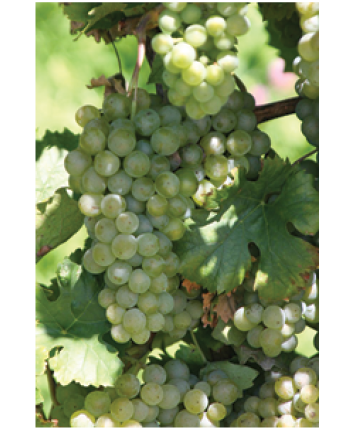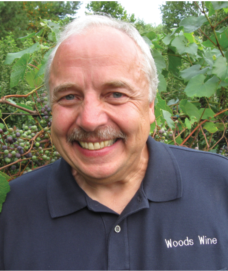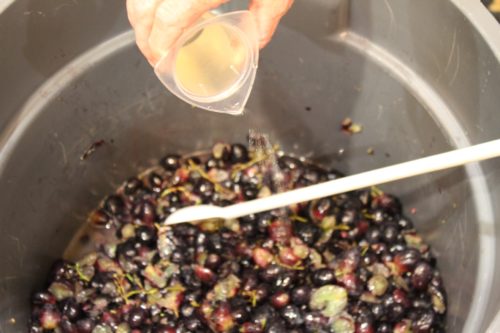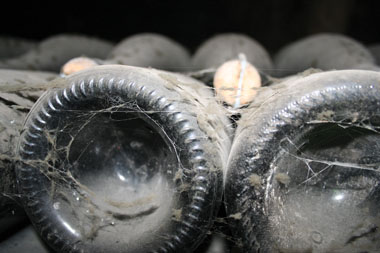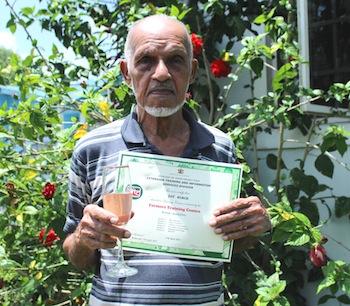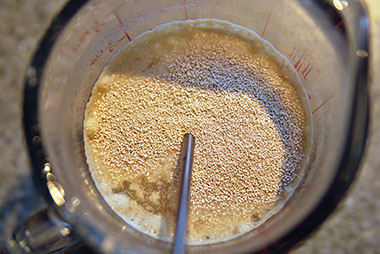Aug-Sep 2015
Covert Winemaking
I give you credit for being so dogged in your desire to try fermenting! The great news about yeast is that, as I’ve often said in these columns, yeast live everywhere around
Sediment In A Fruit Wine
I definitely would re-think your pre-bottling aging and fining procedures. Many wines, especially those made with fruit other than grapes, are susceptible to flocculation (a fancy term for sediment) and visible fallout.
Importing Juice vs. Fresh Grapes, Wild Fermentations, Sediment In The Bottle
I prefer to have as much information as I can about where my raw material is coming from, and being able to handle the actual grapes is one way to help you get there.
If You Like This, You’ll Like That
Try some new grape varieties similar to the tried and true varieties you already know you enjoy drinking.
Balancing Fruit and Sugar in Country Wines
Bob Peak digs into how much sugar is needed to get the desired alcohol level, and how much fruit is needed to offer a pleasing profile and aroma, flavor, and appearance when making country wines.
Wild Yeast Fermentation
Wild or native yeasts, according to a general definition, occur naturally in the air or on surfaces. While the word, ‘wild’ might give the romantic impression that winemaking’s native yeasts come from
Award-Winning Pinot Noir
Four Pinot Noir pros share their best advice for crafting the “heartbreak grape.”
Müller-Thurgau: Germany’s other white grape
Prior to giving way to Riesling at the turn of the century, Müller-Thurgau was the most prominent white grape in Germany. It is still very popular as an everyday drinking wine enjoyed young.
Importing Juice vs. Fresh Grapes
Well, it seems to me that Chile to New Jersey is an awfully long haul. I often, in my blog and in this column, advocate that the distance from vineyard to crushpad
Troubleshooting Home Vineyards: Tips from the Pros
To make the best wine, you need the best grapes. And that requires a lot of work in your hobby vineyard. Get tips on what to look for and when to look
Using Pectic Enzymes
Pectic enzymes are often required when making fruit wines, but also come in handy in certain situations when making wine from grapes. Learn more about the benefits of pectic enzymes.
Make Wines to Age
It starts with great fruit, but to make age-worthy red wine the winemaker must also consider acidity, tannins, sulfur dioxide, oxygen, cellaring conditions, and how all of these factors (and others) relate to each other.
Wild Fermentations
Well, I would’ve inoculated right off the bat if I didn’t see anything happening within 24 to 48 hours. Contrary to popular belief, yeast cells that can carry out a complete alcoholic
Selecting Yeast Roundtable
For tips on selecting the best strains to get the job done, we asked four experts with various wine and yeast-related backgrounds to give us a hand.

